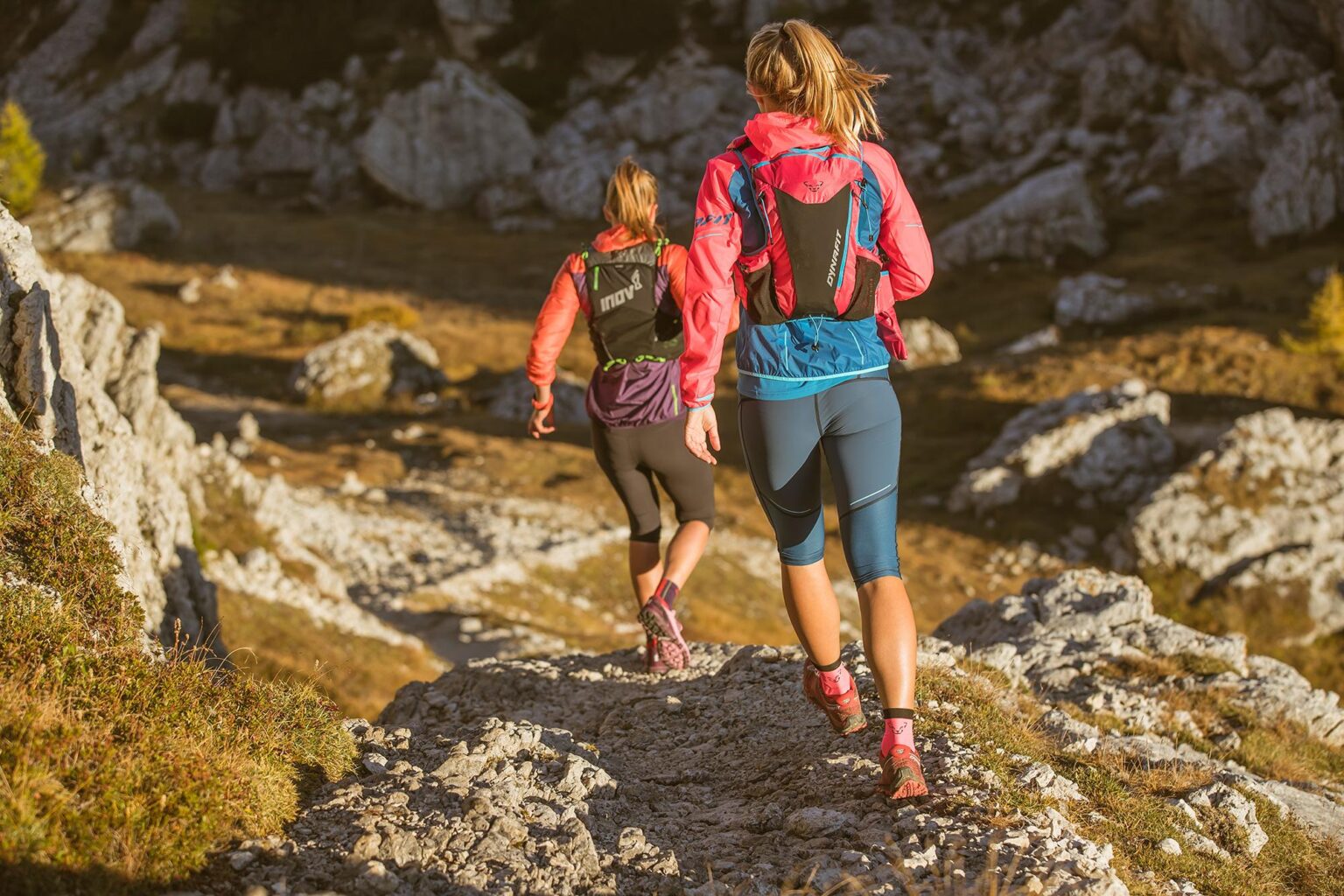The trail-running community, once a niche group of outdoor enthusiasts, is now confronting unprecedented challenges that threaten the very landscape and spirit of the sport. As participation surges worldwide, issues ranging from environmental degradation and overcrowding to regulatory hurdles and safety concerns are placing increasing strain on trails and local ecosystems. In this article, we examine how these pressures are reshaping the trail-running culture and what stakeholders are doing to safeguard its future.
Environmental Impact Pressures Demand Immediate Action from Trail Runners
Trail running, once a niche sport celebrated for its harmony with nature, now finds itself at a critical crossroads. The surge in popularity has brought unprecedented pressure to fragile ecosystems, prompting concerns over soil erosion, vegetation loss, and habitat disruption. Popular routes are experiencing widening paths as runners seek alternative lines, inadvertently accelerating environmental degradation. Additionally, the increase in race events amplifies foot traffic and waste accumulation, challenging the sustainability of these cherished landscapes.
Addressing these impacts requires collective responsibility and immediate action within the trail-running community. Key strategies include:
- Implementing strict caps on event sizes and participant numbers
- Educating runners about Leave No Trace principles and sensitive trail etiquette
- Developing rotating trail access schedules to allow ecological recovery
- Promoting the use of eco-friendly gear and minimizing disposable waste
| Environmental Pressure | Impact on Trails | Recommended Response |
|---|---|---|
| Soil Erosion | Trail widening and degradation | Trail maintenance & rerouting |
| Vegetation Damage | Loss of native plants & flowers | Runner education & path discipline |
| Waste Accumulation | Pollution and wildlife risk | Waste carry-out & event limits |
Community Inclusivity and Access Inequities Call for Strategic Solutions
The trail-running community is confronting increasing disparities that threaten the inclusivity fundamental to its growth. Access to trails and resources remains unevenly distributed, often favoring urban and affluent regions while marginalizing rural and underserved populations. This imbalance stifles diversity and restricts opportunities for new runners to engage with the sport. As more individuals seek outdoor activities for wellness and connection, it becomes essential to address barriers such as transportation difficulties, lack of local trail maintenance, and limited outreach programs that fail to resonate across different cultural backgrounds.
Strategic approaches need to focus on:
- Expanding trail access through partnerships with local governments and landowners
- Creating inclusive programming that reaches underrepresented groups
- Implementing community-led trail stewardship initiatives
- Improving infrastructure to accommodate diverse needs and abilities
| Challenge | Impact | Potential Solution |
|---|---|---|
| Limited trail access | Excludes remote communities | Trail-sharing agreements |
| Economic barriers | Reduces diversity | Community gear lending programs |
| Cultural disconnect | Low engagement from minorities | Inclusive outreach campaigns |
Innovative Training and Safety Measures Essential to Overcome Emerging Risks
As trail running gains popularity, the community faces novel hazards shaped by changing environments and increased participation. To stay ahead, training programs are evolving beyond traditional endurance and navigation skills. Innovative simulation techniques now incorporate unpredictable weather scenarios, extreme terrain challenges, and emergency response drills. These hands-on approaches equip runners with critical decision-making abilities under pressure, emphasizing adaptability and resilience. Furthermore, integration of wearable technology during training sessions enables real-time monitoring of health metrics, allowing customized safety protocols tailored to individual needs.
Safety education has expanded into multi-channel platforms, combining app-based alerts, community-driven updates, and expert-led workshops. Key strategies include:
- Virtual reality modules that rehearse rescue operations in remote locations
- Collaborative risk assessment programs encouraging local trail sharing and hazard reporting
- Interactive checklists embedded in trail-running apps to ensure pre-run preparedness
- Partnerships with search and rescue teams for regular simulations and feedback loops
These measures reflect a proactive stance within the trail-running community towards minimizing accidents and enhancing overall safety as risks evolve.
| Training Innovation | Safety Benefit | ||||||||||||||
|---|---|---|---|---|---|---|---|---|---|---|---|---|---|---|---|
| Weather Simulation Scenarios | Improved response to sudden climate shifts | ||||||||||||||
| Wearable Health Monitoring | Personalized alerts for dehydration & fatigue | ||||||||||||||
| Interactive Preparedness Checklists | Ensures essential gear and contingency plans |
| Training Innovation | Safety Benefit |
|---|---|
| Weather Simulation Scenarios | Improved response to sudden climate shifts |
| Wearable Health Monitoring | Personalized alerts for dehydration & fatigue |
| Interactive Preparedness Checklists | Ensures essential gear and contingency plans |
| Virtual Reality Rescue Modules | Greater familiarity with emergency procedures |
| Collaborative Risk Assessment Programs | Enhanced hazard awareness through community input |
| Partnerships with Search & Rescue Teams | Improved rescue readiness and communication |
If you want me to help further with formatting, summarizing, or expanding on any part, just let me know!
To Conclude
As the trail-running community navigates these unprecedented challenges, the path ahead remains uncertain yet resilient. From environmental concerns to the pressures of expanding popularity, stakeholders must collaborate to preserve the spirit and sustainability of the sport. How the community responds will shape the future of trail running, ensuring it continues to thrive amid evolving obstacles.

